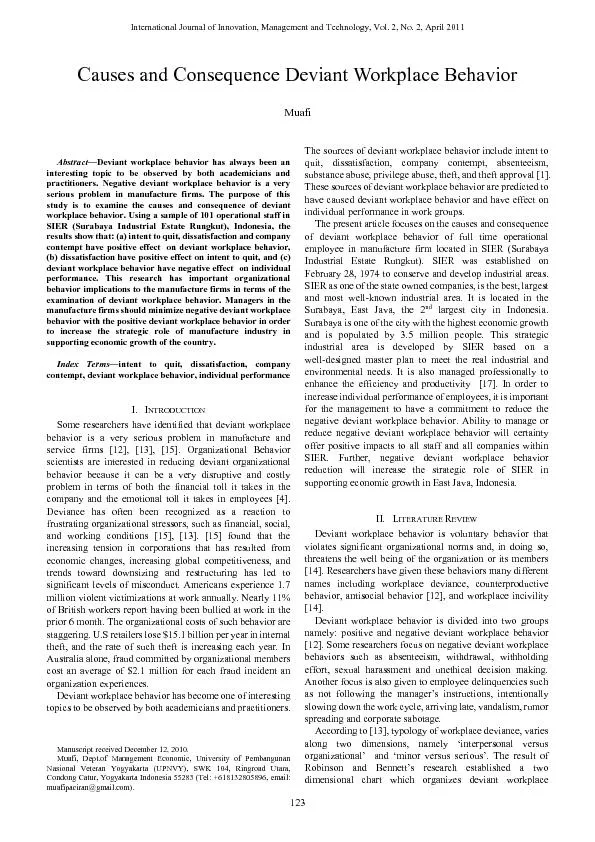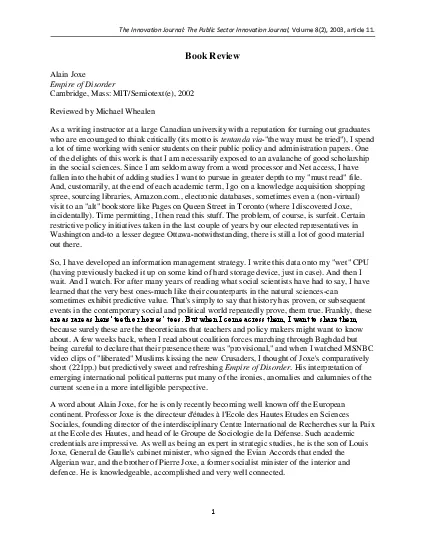PDF-International Journal of Application or Innovation in
Author : phoebe-click | Published Date : 2015-06-06
ijaiem org Email editorij ai org editorij ai gmailcom Vol ume 2 Issue 5 May 2013 ISSN 2319 4847 Volume 2 Issue May 201 Page 45 ABSTRCT In this paper photometric
Presentation Embed Code
Download Presentation
Download Presentation The PPT/PDF document "International Journal of Application or ..." is the property of its rightful owner. Permission is granted to download and print the materials on this website for personal, non-commercial use only, and to display it on your personal computer provided you do not modify the materials and that you retain all copyright notices contained in the materials. By downloading content from our website, you accept the terms of this agreement.
International Journal of Application or Innovation in: Transcript
Download Rules Of Document
"International Journal of Application or Innovation in"The content belongs to its owner. You may download and print it for personal use, without modification, and keep all copyright notices. By downloading, you agree to these terms.
Related Documents














